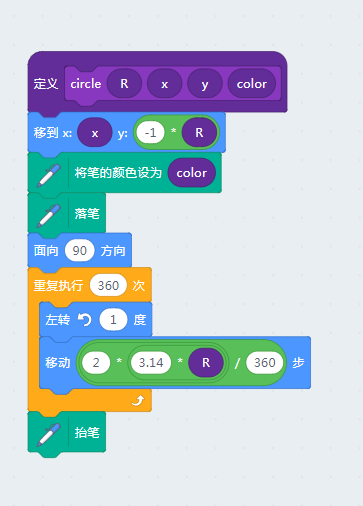

Support for Tkinter is spread across several modules. Tk and/or Ttk packages, which will in turn make calls to Xlib, Cocoa, or GDI. The Tcl interpreter will then call into the Tcl command string to an internal _tkinter binary module, which thenĬalls the Tcl interpreter to evaluate it. The tkinter module first assembles a Tcl/Tk command string. When your Python application uses a class in Tkinter, e.g., to create a widget, I.e., Xlib on Unix/X11, Cocoa on macOS, GDI on Windows. Internally, Tk and Ttk use facilities of the underlying operating system, Pythonīindings are provided in a separate module, tkinter.ttk. Ttk is distributed as part of Tk, starting with Tk version 8.5. Themed Tk (Ttk) is a newer family of Tk widgets that provide a much betterĪppearance on different platforms than many of the classic Tk widgets.

Tk uses Tcl’s event queue to generate and process GUI events. Tk’s widgets are very customizable, though at the cost of a dated appearance. Tk object embeds its own Tcl interpreter instance with Tk loaded into That adds custom commands to create and manipulate GUI widgets. Multitasking, and Tkinter bridges this difference Unlike Python, Tcl’s execution model is designed around cooperative Each interpreter has an event queue,Īnd there are facilities to send events to it and process them. The Tcl library has a C interface toĬreate and manage one or more instances of a Tcl interpreter, run TclĬommands and scripts in those instances, and add custom commands Most commonly embedded into C applications as a scripting engine or an It can be used on its own as a general-purpose programming language, it is Tcl is a dynamic interpreted programming language, just like Python. Python’s binary releases also ship an add-on module Modules, each with separate functionality and its own officialĭocumentation. Tcl/Tk is not a single library but rather consists of a few distinct (ISBN 978-0596158101)īy John Ousterhout, inventor of Tcl/Tk, and Ken Jones does not cover Tkinter.


This documentation will concentrate on theseĪdditions and changes, and refer to the official Tcl/Tk documentation forĮxtensive tutorial on creating user interfaces with Tkinter. Tkinter is not a thin wrapper, but adds a fair amount of its own logic to
#Thonny python move circle code
See the source code for the _tkinter moduleįor more information about supported versions. The official Python binary release bundles Tcl/Tk 8.6 Tkinter supports a range of Tcl/Tk versions, built either with or Installed, so you can read the Tcl/Tk documentation specific to that version. Properly installed on your system, and also showing what version of Tcl/Tk is Running python -m tkinter from the command line should open a windowĭemonstrating a simple Tk interface, letting you know that tkinter is
#Thonny python move circle windows
Platforms, including macOS, as well as on Windows systems. Both Tk and tkinter are available on most Unix Load Thonny through Application Menu | Programming | Thonny.The tkinter package (“Tk interface”) is the standard Python interface to To create a class in Python with Thonny, do the following: A class may be seen as a template for creating objects. We will begin our program by creating a class. You will find that its ease of use makes it ideal for the development of our projects. To facilitate this, we will use Thonny, a Python IDE that comes pre-installed with Raspbian and has excellent debug and variable introspection functionalities. We will write a simple Python program that contains a class. Writing a simple Python program using Thonny A Python package is a collection of Python modules. Note: A Python module is a single Python file containing code that may be imported for use. Now that we’ve seen that writing Python code on the Raspberry Pi is just as easy as writing it on other operating systems, let’s take it a step further and write a simple program. When I ran it, the following was returned: Partly Cloudy


 0 kommentar(er)
0 kommentar(er)
